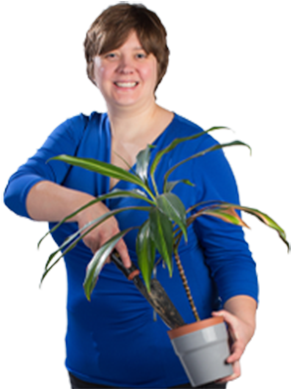This week’s Throwback Thursday looks back at the Earthworm Society of Britain field trip to Richmond Park in 2014.
A couple of weekends a go I attended a meeting organised by the Earthworm Society of Britain (ESB), this two day event consisted of a field trip to Richmond Park on the Saturday followed by a workshop on the Sunday to identify the specimens collected on the trip. Unfortunately I could only attend one day, and because Richmond Park was high on my ‘places to visit’ list and I have had no shortage of earthworm identification lately I decided to attend the Saturday event.
Richmond Park is one of the Royal Parks and the largest enclosed space in London, it is a National Nature Reserve, Site of Special Scientific Interest (SSSI) and a European Special Area of Conservation (SAC), because of this the ESB had to obtain special permission and a permit to collect earthworms. It was one of those glorious English Summer days when you can get soaked and sun-burnt in the same day! A group of 10 earthworm fans assembled at Richmond Station, clad in waterproofs before taking a bus to the park – my first ever trip on a London Bus – so that’s another ‘things to do in London’ crossed of my list! I had barely stepped into the Park when I got stuck in grubbing about in a rotten tree, finding the first earthworm off the day – and it was adult, so into a tube it went ready for Sunday, when it turned out to be Eisenia fetida.
Earthworm Society of Britain (ESB) members huddle in the rain around the first earthworm of the day at Richmond Park
The organisers had planned a range of areas to visit in the Park, aiming to visit as many habitats as possible to maximise the number of species recorded, and to cover as many grid squares as possible to increase the number of earthworm records. The first stop was some quite acidic looking grassland, where Kieron gave a crash course in earthworm surveying for those who had not done it before and introduced the ESB method and recording forms. As might be expected from the soil type, this area yielded few earthworms but other areas of neutral, improved grassland were better. We also surveyed woodland areas which again appeared to have an acid character, with lots of Rhododendron ponticum and was earthworm-poor.
Earthworm Society of Britain members survey for earthworms in grassland in Richmond Park
The best areas in terms of numbers were two wet habitats, one a small stream where we dug pits along the bank and took material from the bed itself, and a fen area. The stream produced a very special earthworm indeed: Helodrilus oculatus – an earthworm with very few records, all previously from wet deciduous woodland. This was an earthworm I was particularly keen to find, although I feel I can only half cross it off the ‘earthworm bucket-list’ since I did not see it under the microscope. Wet habitats are unrecorded for earthworms, and can have specialist semi-aquatic species, something I discovered when I targeted seeps in my MSc project and found lots of Eiseniella tetraedra which also turned up in some number in the Richmond Park fen habitat.
The small stream in Richmond Park where Helodrilus oculatus was found
Concentrating as we were on earthworms I did not have much time to admire Richmond’s other charms and will have to make a point of visiting again when I am living back in London. We did however see some of the deer, including a mother and fawn, and saw the spot where this (in?)famous video was filmed. A visit to see the rut in the Autumn is high on my ‘things to do in London’ list!
Earthworm Society of Britain members admiring a camera-shy deer in Richmond Park
Towards the end of the day Keiron gave a demonstration of how to relax and straighten earthworms using a plastic storage box. Putting the earthworms straight into a 80% solution of alcohol (industrial methylated spirits or IMS in this case) is a quick way to sample but causes them to twist and curl which can make them more difficult to identify. By first using a 30% alcohol solution to anaesthetise them they can be arranged in the groves of a plastic storage box (or I use drinking straws cut in half lengthwise). This helps make a nice neat reference collection, but I find it takes too much time if a lot of sites are being sampled.
There was time to end the trip with a pint in a local pub before heading back to the station. The workshop the next day revealed a total of 15 species from the 7 sites were collected, all adding to the ESB data set. It is interesting to note this is the same number of species from the entire BESS project, which only sampled pasture, illustrating how sampling from a wide range of habitats can make a big difference to the number of species found. Reading the report recently circulated to members, in addition to the Helodrilus oculatus I also missed out on meeting Dendrobaena octaedra and Apporectodea icterica under the microscope for the first time! Looks like I will have to try and diversify the habitats I do my own sampling in.
Sadly I’ve not had time to go on many Earthworm Society of Britain field trips since this one but I thoroughly recommend them for those interested in earthworms. Membership of the Earthworm Society of Britain is only £5 a year, and an events list can be found on their website.








